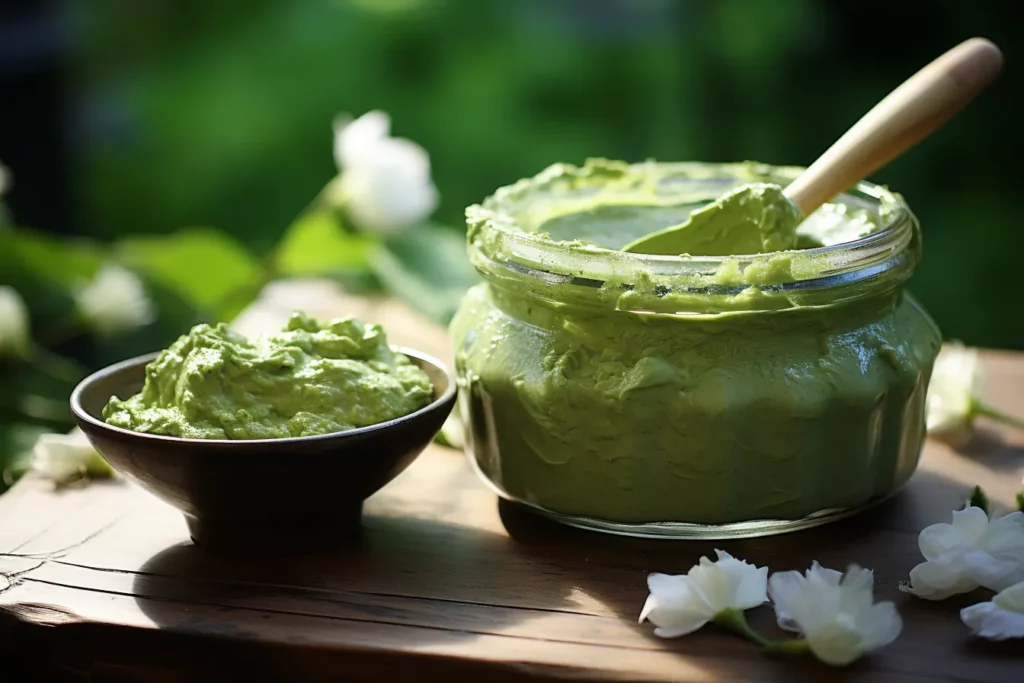Sushi is known for its variety of ingredients and flavors that blend harmoniously into a dining experience. While fish and vegetables are the main players, there’s one ingredient that may not be immediately associated with sushi, but it’s still a surprisingly delicious and healthy addition: asparagus. In this article, we will talk about the use of asparagus in sushi and how it enriches the taste, appearance and health aspects of this popular Japanese dish.
Taste and appearance: A freshness and crunchiness that inspires
Asparagus brings a refreshing and crunchy texture to sushi that provides a pleasant change from the softer components. The delicate, green sticks not only give a crunchy bite, but also a slightly tart note that harmonizes perfectly with the umami-rich fish or vegetable filling. The look of the asparagus in sushi is also appealing: the vibrant green of the asparagus spears contrasts beautifully with the other ingredients and gives the rolls a visually appealing variety.
Health Benefits: Rich in Nutrients
The use of asparagus in sushi also comes with a plethora of health benefits. Asparagus is rich in vitamins and minerals, including vitamin K, vitamin C, folate, potassium, and fiber. These nutrients help support the immune system, promote bone health, and regulate blood pressure. In addition, asparagus is low in calories and contains little fat, making it a great option for those who strive for a healthy diet.
Types of asparagus for sushi: Green asparagus as a favorite
Among the different varieties of asparagus, green asparagus is the most suitable option for sushi. Compared to white asparagus, green asparagus has a more intense flavor and texture that is retained after rolling the sushi roll. In addition, the green sticks are easier to work with and chew due to their lower fiber content.
Tips for preparing and processing asparagus for sushi
- Selection: Choose asparagus spears of medium thickness, as they are best suited for sushi. Avoid rods that are too thin or too thick.
- Peel: In the case of green asparagus, peeling is usually not required. Simply remove the woody ends by bending the poles slightly and the natural breaking point will be found.
- Blanch: To preserve the crunchy texture of the asparagus, blanch the spears briefly in boiling water until they are light green and tender. Next, dip them in ice water to stop the cooking process.
- Cut: Cut the blanched asparagus into thin strips or pieces that easily fit into the sushi rolls.
- Combinations: Combine the asparagus with other sushi ingredients such as avocado, cucumber, salmon or tuna to achieve a balanced flavor composition.
Conclusion: Asparagus in sushi – an enrichment for taste and health
The use of asparagus in sushi adds an exciting twist to this traditional dish. The crunchy texture, fresh touch, and health benefits make asparagus an excellent addition to sushi rolls. Try this unexpected combination and experience the delicious variety that asparagus can bring to your homemade sushi.


